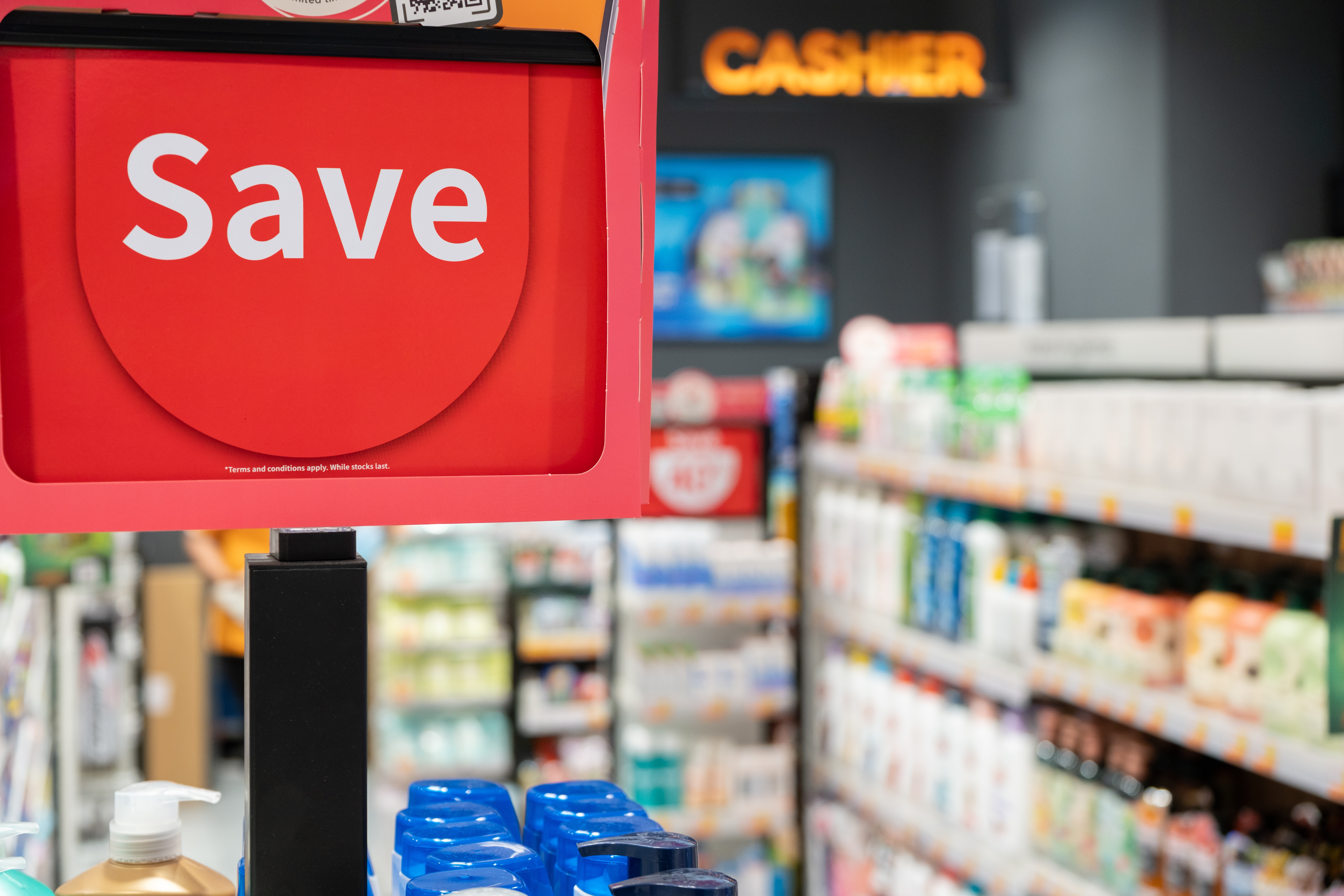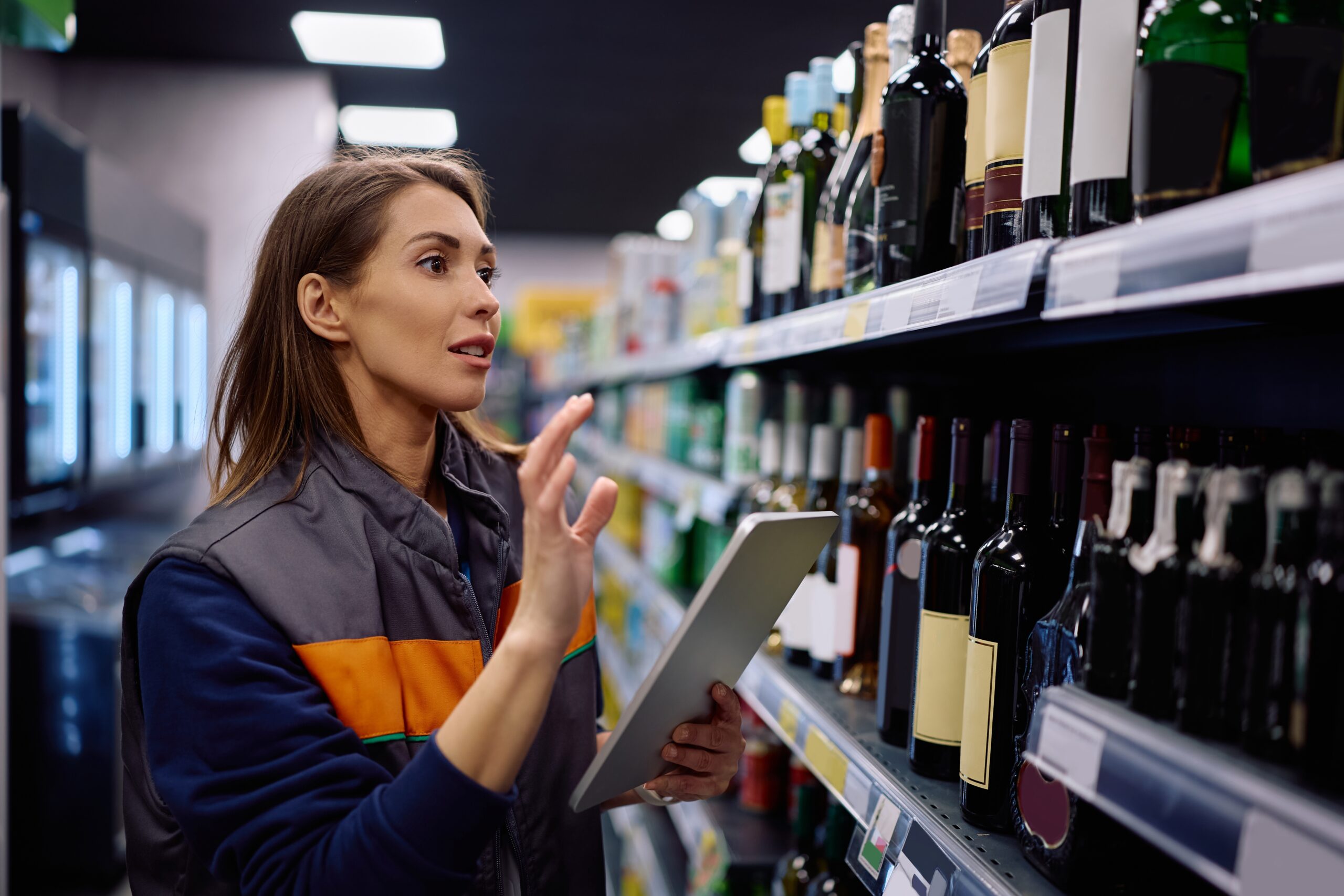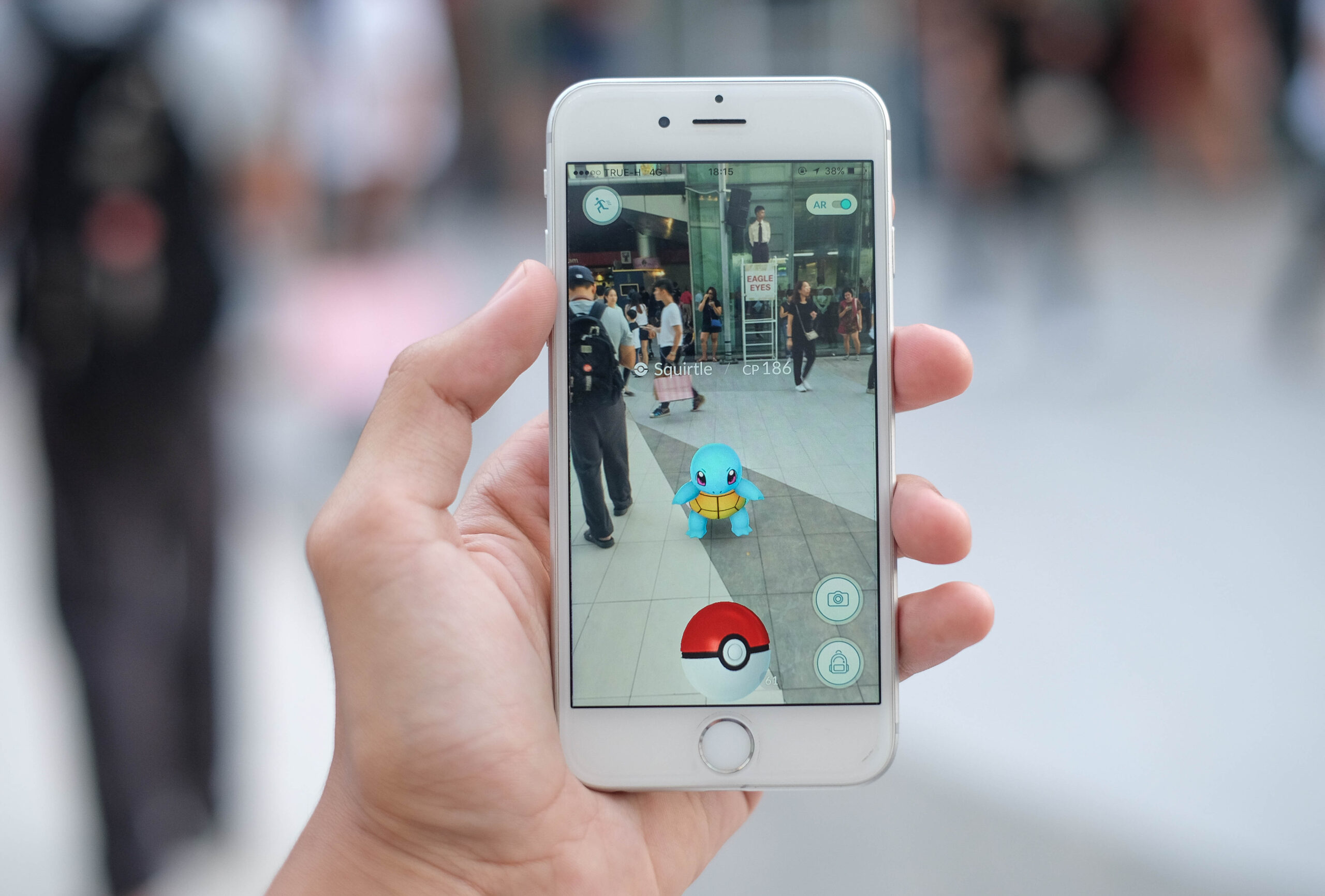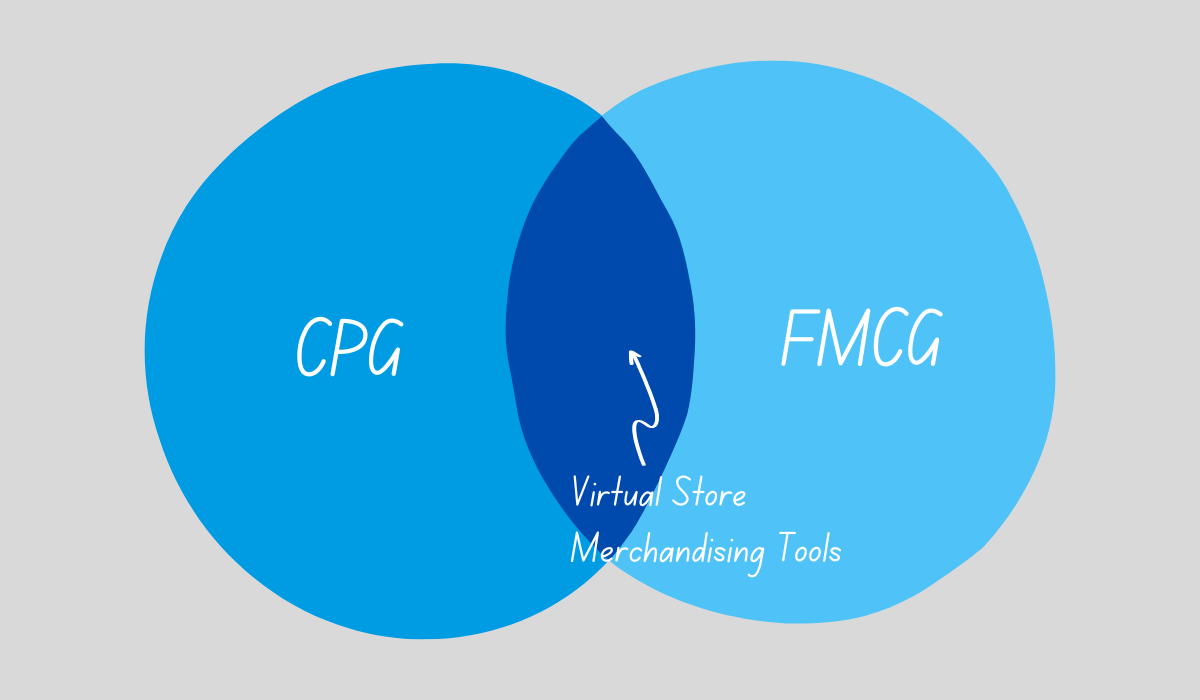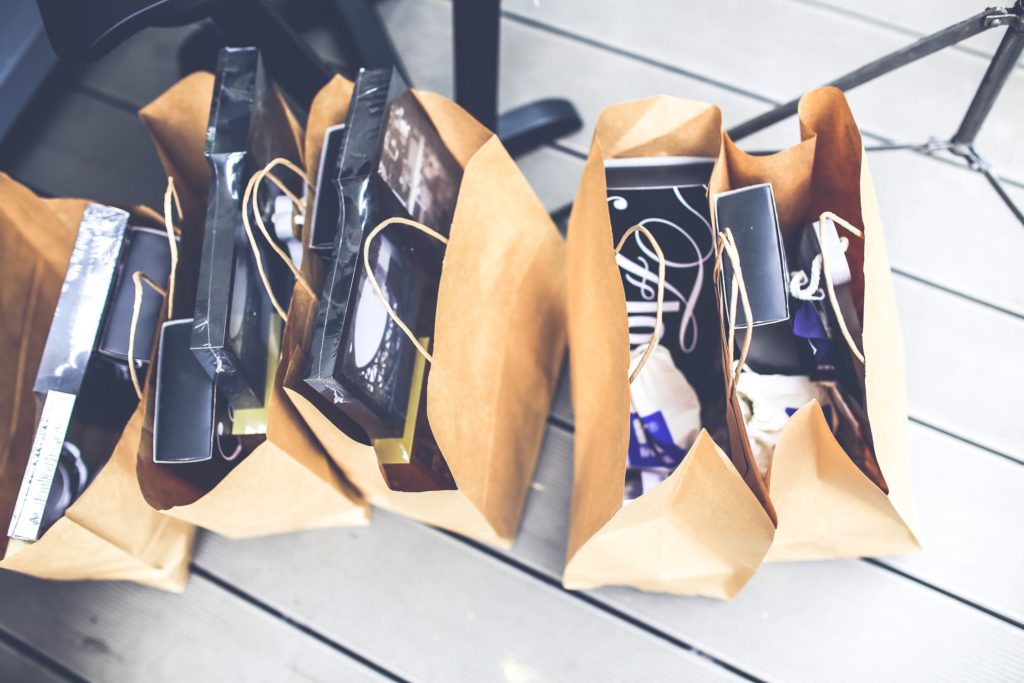
As brick and mortar retail stores regularly face new pressures to evolve with the latest shopper needs, they are increasingly leveraging the latest solutions to improve shopper perception and increase sales. While we often talk about what’s trending in the retail space, we’ve noticed a few strategies that are quickly becoming the norm for forward-thinking brands and retailers. Here we list our top 5 retail mainstays of 2019.
Improved Store Experience
Customers go to brick and mortar retail stores because they are interested in the experience of physical shopping. This is why stores have committed to improving the retail store experience for customers through personalization.
This concept aims to improve the in-store customer experience through clienteling, aisle solutions and store planning technology, and other more personalized experiences. This can be seen in stores adopting mobile app technology to quicken the buying process, and a greater focus on training store associates to help deliver better in store customer service. For example, Sephora has rolled out a new store concept including a virtual artist, product testing, tutorials, and a beauty hub.
Smarter Payment Options
Technology devoted to streamlining the process of payment in store has been increasing in popularity significantly since the early 2010’s. According to Statista, mobile POS systems are expected to transcend traditional point of sale systems with the mPOS market valued at $91M for 2019.
Flexible payment systems means that customers can purchase from anywhere in-store, either from a kiosk or mobile app. For example, Amazon Go offers a ‘scan and go’ service that has no need for store associates as shoppers simply scan their bankcard on a turnstile when they are ready to leave the store. These smart payment options reduce queue times, improve the customer experience and contribute to sales and growth.
Sustainable Shopping
Retailers are investing in sustainable practices as shoppers become increasingly environmentally conscious. In the UK, a 5 pound charge was introduced on plastic bags leading to an 86% reduction in plastic bag consumption in 2018. This move to more ethical shopping has seen the introduction of zero waste stores and the popularity of off-price stores, such as TJ Maxx, skyrocket in the US. These stores buy unsold items from retailers, then sell them to consumers at a discounted price.
Understanding the Customer with Big Data
Technology to track customer data has been increasing in complexity since the development of cloud technology in the early 2000’s. Analyzing big data allows retailers to deliver a more personalized experience by tailoring their products to their customers. This is done by combining in-store activity, by taking consumer information from modern POS systems, and by tracking activity from online shopping and mobile apps, allowing retailers to gain a better picture of their consumers preferences.
Subscription Services
The number of DTC (direct to consumer) subscription services has been increasing since 2010. Subscription-based retailers are only gaining steam as consumers increasingly want a more customized shopping experience—and with tailored products being delivered straight to their door, it is no surprise that this model is popular. The convenience of subscription services plays a big part in their popularity. Larger retailers are also moving to subscription-based models as add-on services to attract and retain customers.
The “retail apocalypse” has turned into a “retail evolution.” Stores and brands who are thriving in today’s landscape are those who have taken these types of innovative solutions and adopted them into everyday strategy.
This guest post was written by INTURN, a B2B platform that enables brands and retailers to confidentially buy and sell excess inventory on a global scale.

